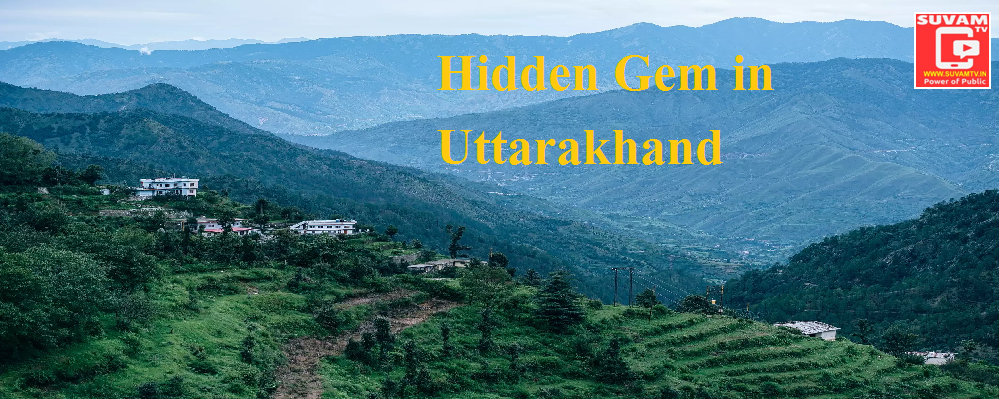Hidden Gem in Uttarakhand

Uttarakhand is famous for the Jim Corbett National Park, previously known as Haley’s National Park. Tourists from all around India visit this park to catch a glimpse of the Royal Bengal Tigers. Apart from tigers, this national park is also home to around 600 species of animals and birds.
March to April and September to October are considered as the best time to visit Uttarakhand. The state has wonderful weather all through the year. Trekking, Paragliding and The Char Dham Yatra are the most popular activities during Summer, which is also the Peak Season in Uttarakhand.
Always in search of serene holiday destinations that are far away from the madding crowd. Lush greenery, clear skies, pleasant weather, and tranquillity in abundance are what this quaint hill station near Dehradun and Rishikesh is blessed with. But this blissful, relatively unpopulated hilly retreat, Chakrata, comes with a catch. It is an access-restricted, special-entry cantonment area and like all such military-restricted areas.
This hidden gem is located 90 kilometres from Dehradun in Uttarakhand and according to the Uttarakhand Official Tourism Website, ‘owing to its high-security location, only Indian nationals can gain access to Chakrata.

Chakrata as ‘a beautiful hill station near DEHRADUN and RISHIKESH. Chakrata is the perfect hill station to visit in Uttarakhand. If you want to escape the crowds, sit in the mountains with a hot cup of coffee, explore old Deodar forests, and go hunting for beautiful waterfalls then Chakrata is the place! Best time to visit this place is during monsoon.’
Foreign tourists are allowed up to Kalsi and have to obtain a permit from the Commandant 22 Force c/o 56 APO.’ The hill station is situated in close proximity to other tourist destinations such as Dehradun and Rishikesh.
Chakrata was established as a British Indian Army cantonment in the late 19th century to serve as a military base and training centre for the British troops. This scenic destination continued to serve as a military cantonment under the Indian Army, even after independence, maintaining its status as an access-restricted, special-entry military cantonment area.
